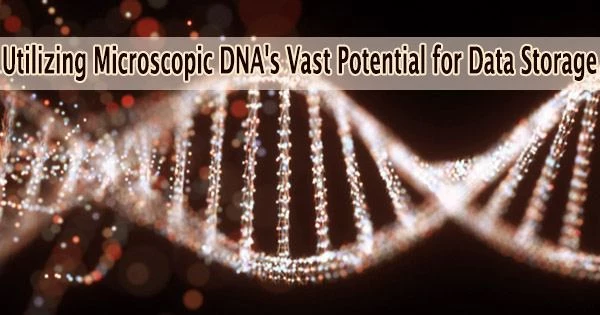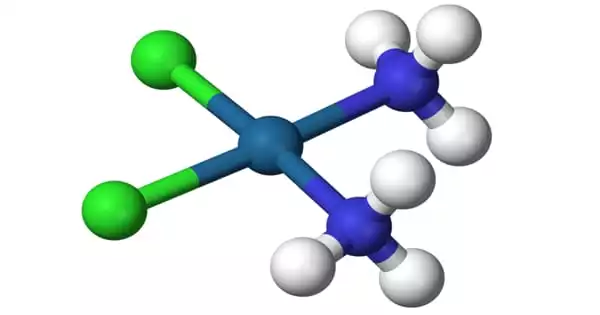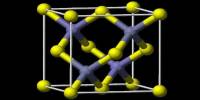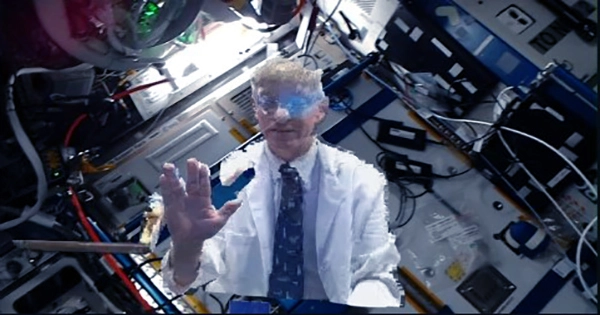In a first for the world, a “biological camera” uses live cells and their innate biological capabilities to encrypt and store data, circumventing the limitations of current DNA storage techniques. This is a major advance in the direct encoding and storage of images within DNA, introducing a novel information storage model like a digital camera.
Led by Principal Investigator Associate Professor Chueh Loo Poh from the College of Design and Engineering at the National University of Singapore, and the NUS Synthetic Biology for Clinical and Technological Innovation (SynCTI), the team’s findings, which could potentially shake up the data-storage industry, were published in Nature Communications on 3 July 2023.
A new paradigm to address global data overload
Data is now seen as the ‘money’ of the twenty-first century as the world continues to produce data at an unprecedented rate. The Global Datasphere, which was estimated to be 33 ZB in 2018, is expected to grow to 175 ZB by 2025. This has spawned a search for an alternative to traditional data storage that can go beyond its limitations and solve the negative environmental effects of resource-intensive data centers.
The concept of using DNA to store other kinds of information, such pictures and films, has just recently attracted interest. This is because DNA has a remarkable capacity for storing information, is stable, and has been a useful information storage medium for a very long time.
Our method represents a major milestone in integrating biological systems with digital devices. By harnessing the power of DNA and optogenetic circuits, we have created the first ‘living digital camera,’ which offers a cost-effective and efficient approach to DNA data storage. Our work not only explores further applications of DNA data storage but also re-engineers existing data-capture technologies into a biological framework. We hope this will lay the groundwork for continued innovation in recording and storing information.
Professor Chueh Loo Poh
“We are facing an impending data overload. DNA, the key biomaterial of every living thing on Earth, stores genetic information that encodes for an array of proteins responsible for various life functions. To put it into perspective, a single gram of DNA can hold over 215,000 terabytes of data equivalent to storing 45 million DVDs combined,” said Assoc Prof Poh.
“DNA is also easy to manipulate with current molecular biology tools, can be stored in various forms at room temperature, and is so durable it can last centuries,” says Cheng Kai Lim, a graduate student working with Assoc Prof Poh.
Despite its enormous potential, most current DNA storage research focuses on creating DNA strands outside of cells. This method is costly and depends on sophisticated equipment that is also prone to error.
To overcome this bottleneck, Assoc Prof Poh and his team turned to live cells, which contain an abundance of DNA that can act as a ‘data bank,’ circumventing the need to synthesise the genetic material externally.
The researchers created “BacCam,” a unique technology that combines several biological and digital techniques to replicate the functionality of a digital camera using biological components.
“Imagine the DNA within a cell as an undeveloped photographic film,” explained Assoc Prof Poh. “Using optogenetics a technique that controls the activity of cells with light akin to the shutter mechanism of a camera, we managed to capture ‘images’ by imprinting light signals onto the DNA ‘film’.”
The researchers then labelled the collected photos for distinctive identification using barcoding methods analogous to photo labeling. The saved photos were organized, sorted, and reconstructed using machine learning methods. These processes make up the “biological camera,” which mimics how a digital camera gathers, stores, and retrieves data.
The study showcased the camera’s ability to capture and store multiple images simultaneously using different light colours. More importantly, the team’s inventive technology is simple to replicate and scalable in comparison to past approaches to DNA data storage.
“As we push the boundaries of DNA data storage, there is an increasing interest in bridging the interface between biological and digital systems,” said Assoc Prof Poh.
“Our method represents a major milestone in integrating biological systems with digital devices. By harnessing the power of DNA and optogenetic circuits, we have created the first ‘living digital camera,’ which offers a cost-effective and efficient approach to DNA data storage. Our work not only explores further applications of DNA data storage but also re-engineers existing data-capture technologies into a biological framework. We hope this will lay the groundwork for continued innovation in recording and storing information.”















